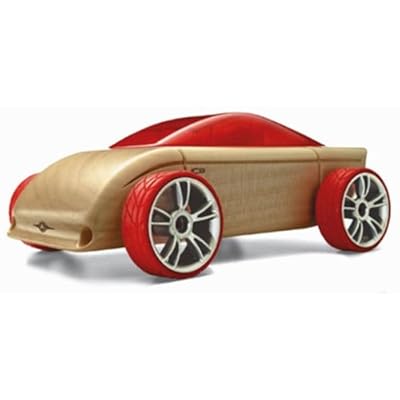It is a sad fact but true, that books are being published faster than libraries are being built. R.R. Bowker reports that Where can i buy some isotretinoin online only using cash or money orders were published in 2006. That’s 33 books per hour 24/7, 365 days a year. And that’s a lot of books.
Now, it is also true that most folks like to read the new stuff, but don’t necessarily want to buy it. There are a lot of titles that you’d never want to read more than once, and even more that you’ll find you never want to finish—you only want to look at them for a few days just to see what all the fuss is about.
But libraries struggle to satisfy public demand in this kind of market, because even in libraries it’s all about real estate. There’s only so much space. You can think of it like a grocery store—how many of these do we have to sell (or check out) before we switch to a different product?
How many new copies of Harry Potter or The Appeal or In Defense of Food do we need to have on the shelf? How long should folks have to wait to read a bestseller? And what about those titles that the schools are always assigning: To Kill a Mockingbird? The Scarlet Letter? If the schools aren’t buying enough copies for all their students (and I assure you they are not), how much responsibility does the taxpayer-funded public library have to fill the gap? How much shelf space do these books get?
And what about titles that everybody should read at least once in their lives? Would you want your library to be without Charlotte’s Web? Or Make Way for Ducklings? Or Hamlet or even Homer’s Odyssey? How many times do those books need to check out yearly in order to justify the space they occupy?
Currently my library is undergoing renovation, and as we packed up for the big move, we looked at most every book to see if it should be weeded. Here are the rules: If it’s water-damaged, it goes. If there are unknown substances on the pages (Is that peanut butter? mud?), it goes. If the spine is broken, it goes. If it hasn’t been checked out in three years, it’s probably history.
Sometimes it just kills you to weed a book that you know is terrific and no longer in print. You think, could I have displayed this book better? Why didn’t the publisher give it a more attractive cover? (It never had a chance.) And why is this one out of print when everyone loves it so much it’s checked out over 200 times? These are noble books that laid down their lives for the patrons of the public library.
For folks who care about the character of a library collection, these are difficult issues. E-books and buy isotretinoin online with mastercard and how can i buy isotretinoin in uk will help, but in the meantime you can do your part. Take a look around your library. If there’s a little-known title that you feel deserves to be kept in the collection—even if you’re not going to re-read it:
Save a book, check it out. And treat it gently.









